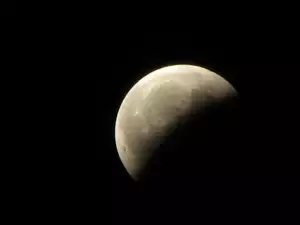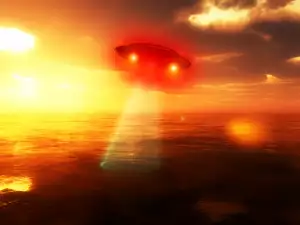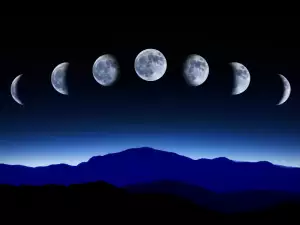Scientists have discovered that the surface of the Moon has over 200 caves, which can be used by astronauts in the future for colonizing Earth's natural satellite.
Icarus journal announced that 3 of these caves were found thanks to the Kaguya Japanese spacecraft, and the rest - using NASA's Lunar Reconnaissance Orbiter.
A larger part of the caves have a diameter of between 16 ft - 2952 ft (5 m - 900 m), which would allow for people to use them as a natural shield against the drastic temperature changes and cosmic rays.
"To live in these cavities, and even better with a few meters of ground above your head is ideal from an astronaut safety point of view - there is no radiation, nor micrometeorites, there is very little dust, there is an absence of drastic temperature amplitudes, " announced the expert Robert Wagner.
It is theorized that the lunar caves formed when lava cooled and part of the lunar surface collapsed billions of years ago.
Not too long ago, probes from one of the Apollo missions proved that the moon formed after a titanic collision between a celestial body the size of Mars and the Earth 4.5 billion years ago.

German scientists found small chemical differences between Earth and lunar rocks using a new research method. However, they cautioned that they need further analyses to confirm these long-sought after proofs that material from another object besides Earth played a role in the formation of the moon.
Many theories stated that the chemical composition of the moon differs from the rest of the planets of the solar system, but up until now, the characteristics of the chemical footprints were not known to scientists.
That is why a scientific team from the University of Cologne is working on a new method by which to separate the oxygen isotopes from other gases in order to accurately determine the nature of the celestial object that collided with Earth billions of years ago.
According to the team, the significant differences between the moon and the other objects in the solar system do indeed lie in the oxygen isotopes.









